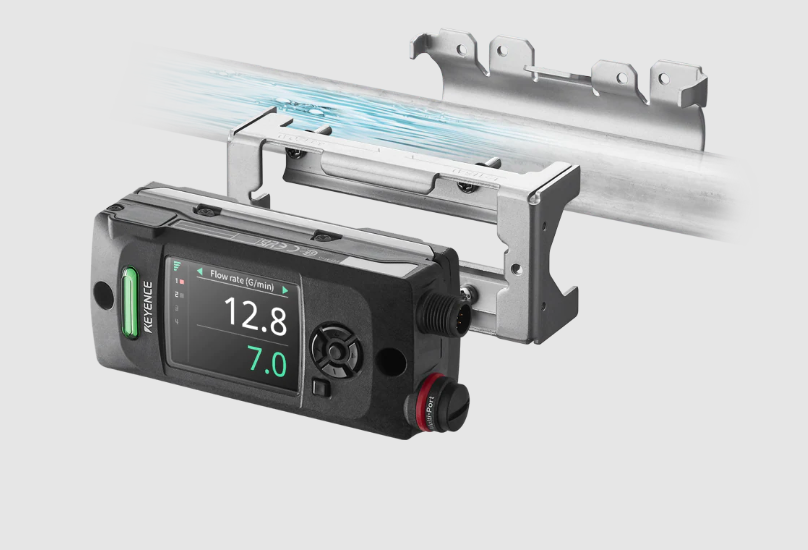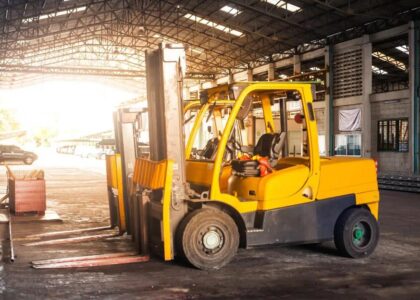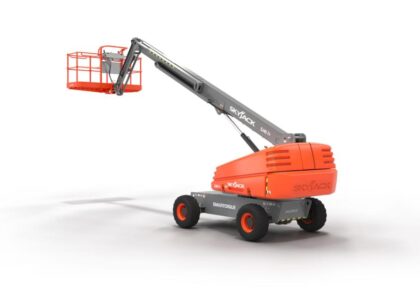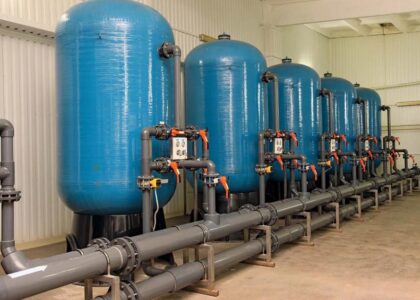Different types of flow-measuring devices are used for different purposes and applications. The most common types of flow devices are orifice plates, venture meters, nozzles, pitot tubes, and rota meters.
Each type of flow-measuring device has its own advantages and disadvantages, which makes it more or less suitable for different applications.
In this article, we will give you a brief overview of the 4 different types of flow-measuring devices and their applications. So if you are looking for a flow-measuring device for your next project, this article is for you!
-
Orifice Plates:
Orifice plates are used to measure the mass flow of a gas or liquid. The pressure drop over the orifice plate is proportional to the square root of its area and the density of the flowing medium.
Orifice plates are available in different shapes and sizes: circular, rectangular, oval etc. They can be installed in any position as long as they are not exposed to direct flame impingement.
The main disadvantages of orifice plates are their poor accuracy when measuring low flows and their relatively high installation costs due to the need for additional fittings like pressure regulators and filters.
-
Venturi Meters:
Venturi meters or Venturi Flowmeters are among the most common types of flow measuring devices. This type of flow meter in NZ is used for low- and medium-pressure applications.
The main advantage of a Venturi meter is that it can measure very low flow rates (down to 1 mL/min) with high accuracy. This makes them suitable for applications such as medical equipment, water quality monitoring systems and laboratory equipment.

-
Nozzles:
Nozzles are used in many industries because they can be used to measure both liquids and gases with a high level of accuracy.
They have an adjustable discharge opening that can be used to adjust the flow rate between 0% (shut off) and 100%, depending on the application requirements. Nozzles can be installed in piping systems with various diameters from 1/4” up to 2” or even bigger!
-
Pitot Tubes:
Pitot tubes are commonly used in aircraft to measure the speed of airflow over the wing or fuselage of an aircraft. They are also known as Pitot probes or simply Pilots.
They are primarily used in aerospace industries for testing aircraft design concepts during the flight testing/trials phase and during the development/design phase prior to actual test flights (i.e., wind tunnel tests).
Conclusion:
Choosing the right flow-measuring devices is not always easy. But with some information about the different types of flow meters, you will be able to make an appropriate decision.






